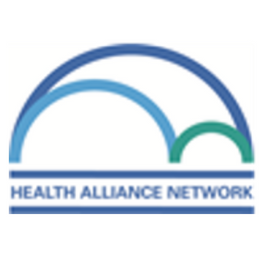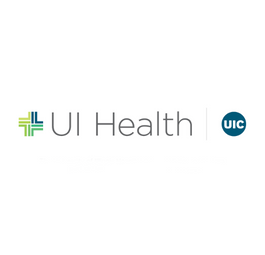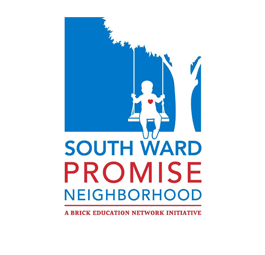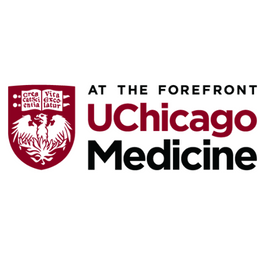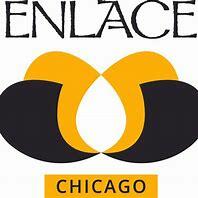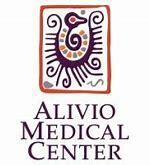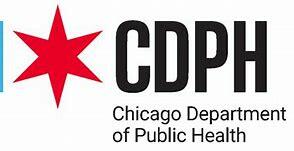FARE Neighborhoods Initiative
Tackling Health Disparities in Food Allergy
An estimated 33 million people in the U.S. have a food allergy, which can cause life-threatening reactions. For those living in under-resourced communities, the disease of food allergy is especially dangerous because access to medication, allergists, and safe food can be difficult due to cost and availability. On top of that, Black and Latino patients face added challenges including under-diagnosis and greater risk of hospitalization and death from a severe allergic reaction.
The delivery of health education resources and interventions in the community setting is a promising strategy for managing food allergies, particularly among underserved populations. In response, FARE launched the FARE Neighborhoods InitiativeTM (FNI), bringing together the Community Access Program, FARE Health Equity Scholars, and other FARE programs to expand how we holistically support those facing food allergies in historically marginalized communities.
In each community, FARE collaborates with schools, community organizations, healthcare providers, places of worship, and volunteers to bring education and awareness activities to the community. This has included the following:
Partnering with a mobile health van and healthcare providers
Workshops for parents/caregivers and people with food allergies
Training for food assistance programs, schools, and childcare centers
Collaborations with libraries and churches for broader food allergy awareness
Each FNI is guided by volunteer advisory councils of local parents, patients, health professionals, and community stakeholders. Additionally, FARE contracts with local community health workers for increased local representation.

FARE Neighborhoods Survey Highlights
37% of children with food allergy and 47% of their caregivers report anxiety; 34% of adults with food allergy report anxiety
- Top three reasons for not filling epinephrine prescription:
1. It costs too much
2. Didn't think the food-allergic person needed it
3. The food-allergic person never had a bad reaction


Interested in joining our efforts?
Expansion of the FARE Neighborhoods Initiative to additional disadvantaged communities is central to FARE’s health equity commitment to help make food allergy education, awareness, and resources available to ALL who need them. Partnership and support will be key to enabling FARE to expand the program across urban and rural regions over the next five years.
Partners and Collaborators









